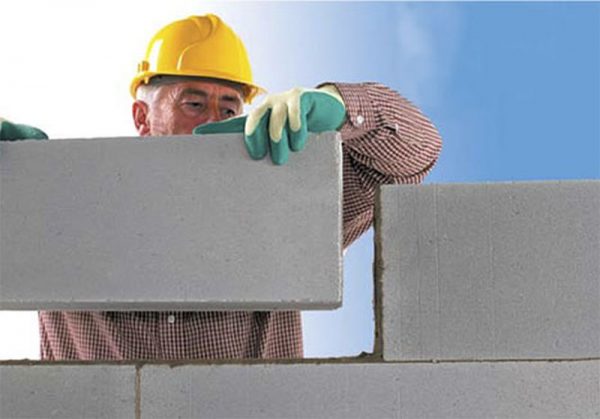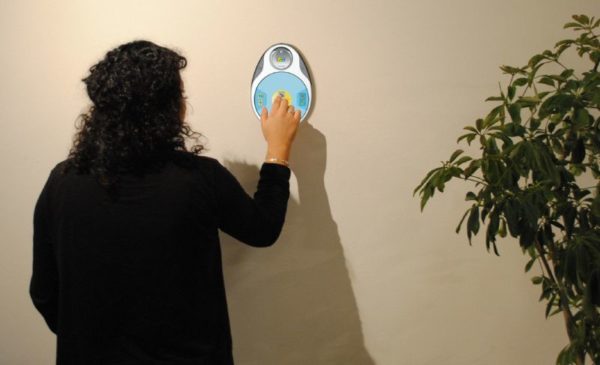Concrete is certainly overrated. Every second builder would tell you that. Students ordering papers on this topic at Writerformypaper.com also know that. The only reason we keep on using it is that it is surrounded by a vast industry. This industry is doing all it can to sustain by not allowing bettter construction materials to come into the picture. AirCreate is one such material. Here is what it is and why it is much better than normal concrete.
What is Aerated Concrete?
Autoclaved Aerated Concrete or AAC is also known as AirCrete. It is made from a mixture of sand or fly ash, lime, gypsum, cement, aluminum powder and water. Prefabricated aerated concrete is popular in residential, commercial and industrial construction purposes in Scandinavia and few European countries today. These structures provide a host of advantages over our conventional concrete structures. This is why we think you should replace concrete with aircrete in construction today.
1. Economical

The low cost associated with construction is the foremost reason to incorporate aircrete instead of concrete. It eliminates aggregate materials like gravel, stones or rocks mixed with cement through a laborious process by the construction workers at the work site. Prefabricated aircrete products transported to the work site are then assembled to form the designed structure.
The prefabricated aircrete structures have smooth finishing; it reduces finishing and plastering costs and saves labor charges involved in painting.
Since aircrete homes are well insulated throughout the year, it helps the homeowner to save considerable amount of money in maintaining the temperature inside these homes.
2. Durable
Having withstood different climatic conditions, AAC blocks are highly durable building material for all sorts of construction purposes around the world. It is therefore a common building material in Scandinavian regions to build homes.
3. Advantageous Seamless Integration

Aircrete is a great insulator because of the numerous closed tiny air cells present in its structure. They provide seamless integration between floors, walls and roofs thus eliminating the thermal bridge, which allows the flow of outside air in regular concrete structures. This helps in keeping aircrete dome homes well insulated during summers and winters.
This seamless integration also provides great Soundproofing qualities to aerated block structures.
4. Fireproof
Aircrete credited with Euroclass A1 fire safety is the highest fire safety standard. You can build a furnace with it and it will not burn down!
5. Waterproof
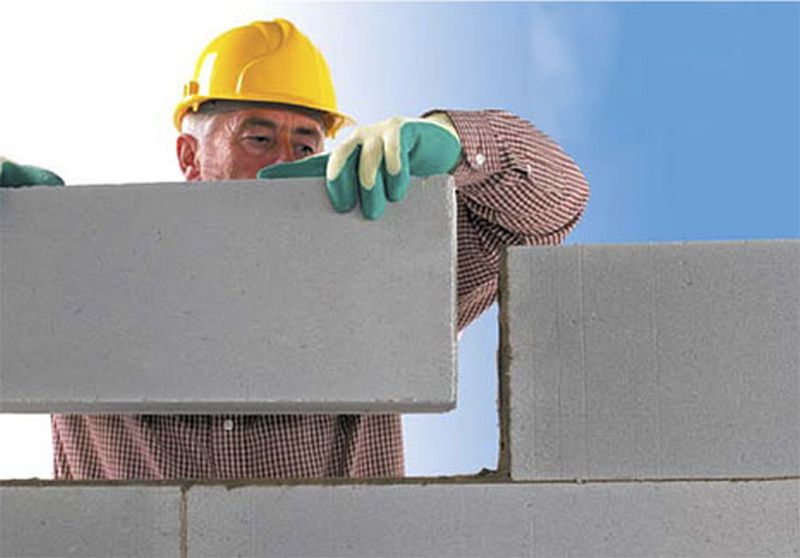
Aircrete is waterproof and it will not rot or decompose in water. You can have sprinklers fitted on your roof garden and water will not seep through the aircrete waterproof roofs.
6. Pest proof
Pests are a common problem seen today at many homes around the world. We use regular fumigation to control them, which could cause dire effects to us than the pests themselves. Seamlessly integrated aircrete homes do not allow pests into the homes because they do not have unwanted gaps. The doors and windows are tightly sealed due to its manufacturing marvel.
7. Eco-friendly
AAC is considered as a perfect non-toxic building material because of the natural resources it is made of. Today as we are all more committed to protecting our environment by being eco-friendly, we just have to replace aircrete with conventional concrete to achieve low environmental impact. Moreover, even the disposal of AAC does not bring about any harm to the environment.
Since aircrete structures are lightweight compared to its concrete counterpart, it leaves lesser carbon footprint during logistics.
8. Ease to Work and Handle

Aircrete, which are lightweight prefabricated structures designed into blocks, walls, roofs, floorings, cladding panels and lintels, come in various sizes and shapes depending on the customer and market needs. These finished prefabricated products are transported out of the AAC production houses and easily assembled by workers at the desired locations. Compared to the conventional concrete construction, this method is fast and easy for a construction worker.
Prefabricated aircrete products can be applied with ease in large format constructions like malls, commercial buildings or airports and more.
Aerated concrete is easy to drill, cut and carve unlike the conventional concrete.
There are DIY aircrete dome homes available in the market that is easy and fun to build.
Remarkable examples of lightweight house construction
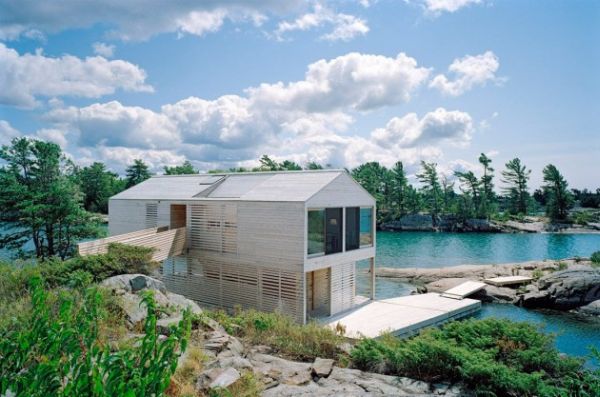
We do not come across a lightweight house that has qualities like being sturdy, compact, efficient, and low-impact very often. Here are five amazing designs of lightweight houses that are unique and innovative in many ways.
1. Floating House
The Floating House can be seen serenely moored to an island on Lake Huron, Canada. Designed by MOS Architects, this double storey house actually has steel pontoons that support a floating platform. The unique design is perfect for enjoying the pleasant scenery from the large doors and windows. Furthermore, the cedar outer covering is perfect for merging with the natural surroundings.
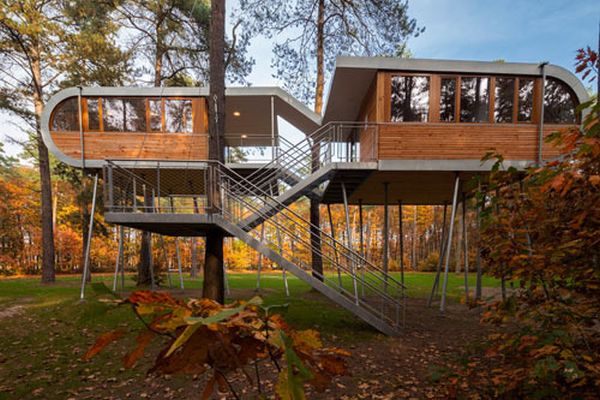
2. The Treehouse
Andreas Wenning of Baumraum has the knack of creating something that involves leisure around trees and he has built The Treehouse in collaboration with a big paper manufacturer so that he could highlight the concerns of conservation and sustainability.
The Treehouse has two cabins at different levels above the ground, and each has its own open terraces. The Treehouse also has a kitchen, a toilet and running water. Being supported by 19 steel stilts, this home does not impact the area.

3. Blooming Bamboo House
One of the common issues that are a huge detriment to the housing industry is flooding. H&P, a Vietnamese organisation has built a prototype for a flood-proof house that is nearly made entirely of bamboo. The base of the house is a pinwheel that has small projections, which can double up as open terraces equipped with sunshades. The house has been designed in such a way that it can keep away flooding waters up to a height of five feet.
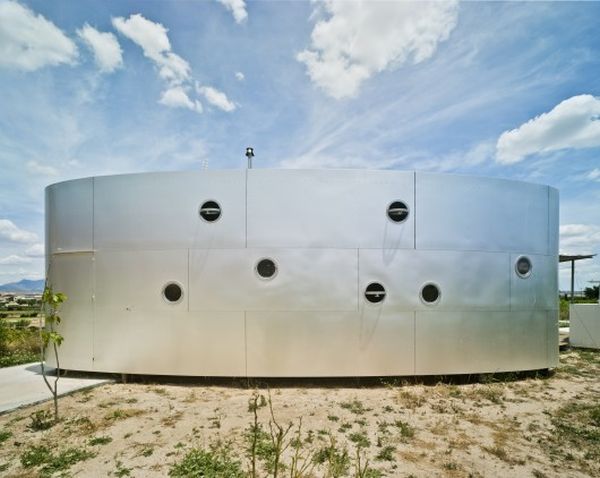
4. Máquina 1
Inspired by a camper style of living, the Maquina 1 is more of a housing unit designed by the Spanish architects at Adhoc. The designers wanted to do something more to the industrially fabricated container. The unit, once done, can be connected to electrical and plumbing points to be ready to live in!
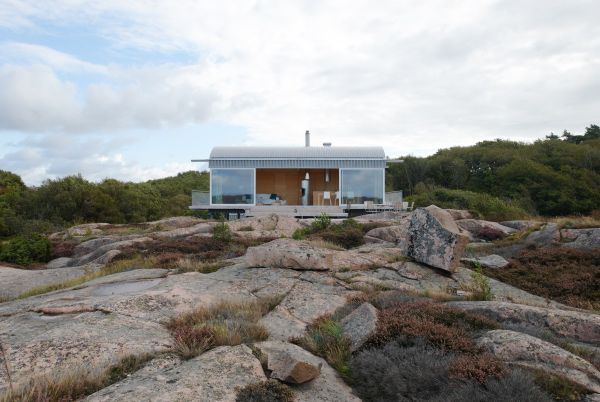
5. Summer House
Designed and built by architect Mats Fahlander, the Summer House is seen perched on a fjord and is a low bungalow with a horizontal design, which overlooks the rocky site. The home is made out of timber and various other materials that are maintenance free such as corrugated metal sheets.
Summary:
Homes, these days, are becoming more innovative, creative, and sustainable. We can live in harmony with the surroundings in many ways, such as building the home with materials that are eco-friendly. These houses are not only lightweight but also possess many other qualities that are much different from the qualities of a home made out of brick and mortar.


